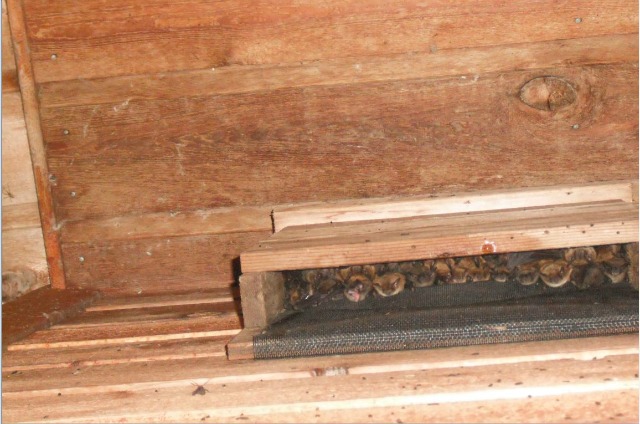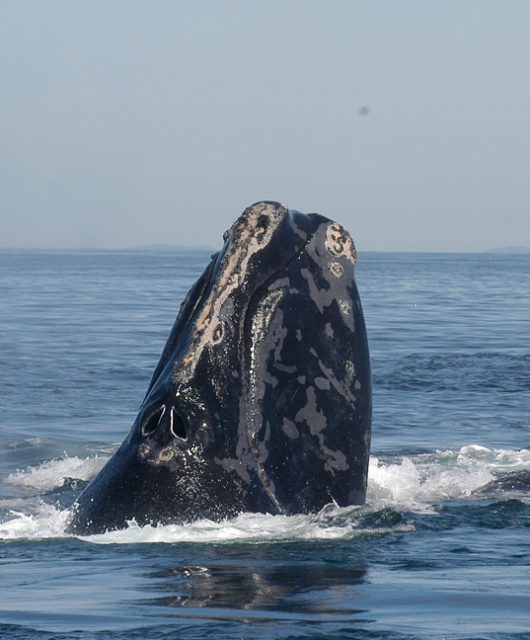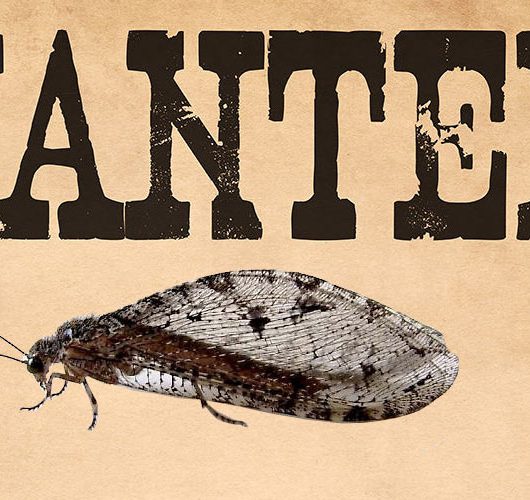[CWF PHOTO CONTEST PICTURE SUBMITTED BY JADENE GRIMON]
There are several programs in Canada focusing on bat citizen science. They generally fall into these areas:
- reporting maternity colonies; emergence counts
- acoustic surveys
- backyard modification (bat houses, gardens)
- bat house counts
- reporting bats seen in winter
Researchers are interested in learning the locations of bat maternity roosts in the summer as this allows them to gather information on bat reproductive biology. Important information on maternity colonies includes the species of bat present and the number of individuals. If you have a colony of bats in your house, be sure not to disturb them and never handle a bat with your bare hands. An estimate of the number of individuals present can be determined by doing an emergence count: make yourself comfortable on the lawn at dusk and count bats as they emerge from the roost. Repeating counts over several nights will improve your accuracy.
Acoustic surveys generally require more training. Bats produce high frequency calls that are beyond human hearing. Bat detectors make these calls audible to humans. The bat species can sometimes be identified by analyzing the pattern of the call. Researchers use acoustic surveys to determine where bats are foraging and what habitats they prefer.
Bats need three things: food, clean water and a safe roosting spot. By offering any of these things in your backyard, you are creating bat habitat. You can offer a roosting spot by installing a bat house. You can also diversify your garden with plants that attract moths, an important food resource for bats. If your bat house is successful in attracting bats, researchers may be interested in how many individuals use the box.
Finally, be sure to report any bat that you see in the winter. Bats flying during the day in winter is a sign that white-nose syndrome is probably in your area. Researchers are also interested in learning where bats roost during the winter so that these sites can be properly protected and studied. Caves and mines suitable for bats to hibernate in are not common in Canada. Be sure not to disturb bats in winter by entering caves. Caving activities by humans may also spread the fungus that causes white-nose syndrome, further endangering bats.
For more information about bat citizen science projects in your area and contact information, click the links below:
Quebec call 1 877 346-6763





1 comment